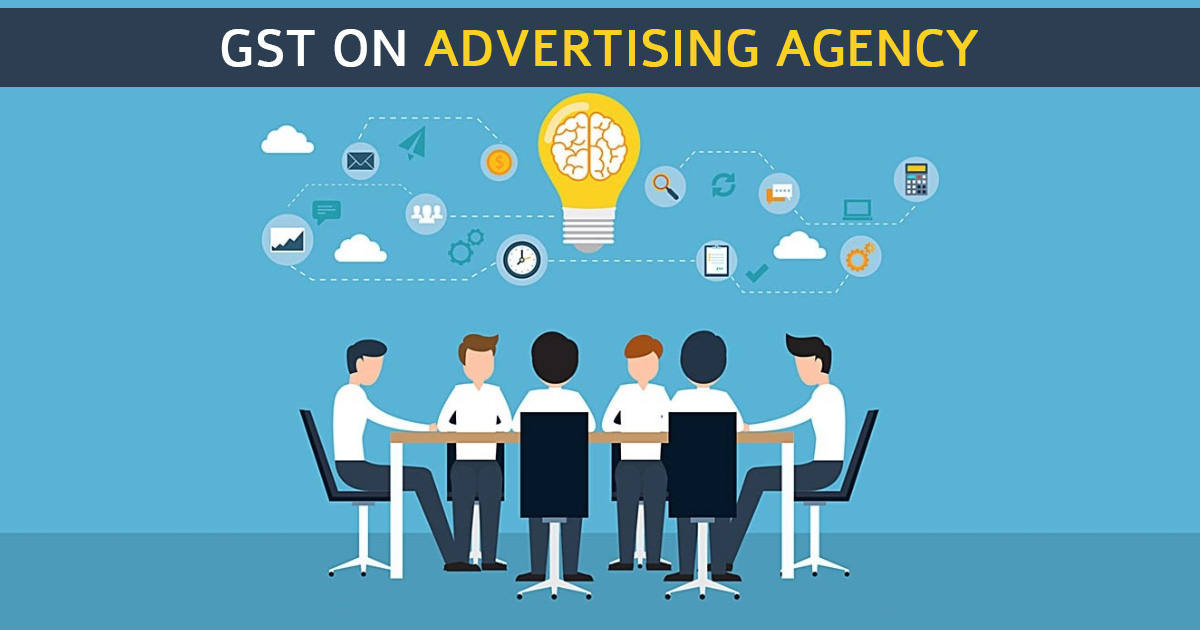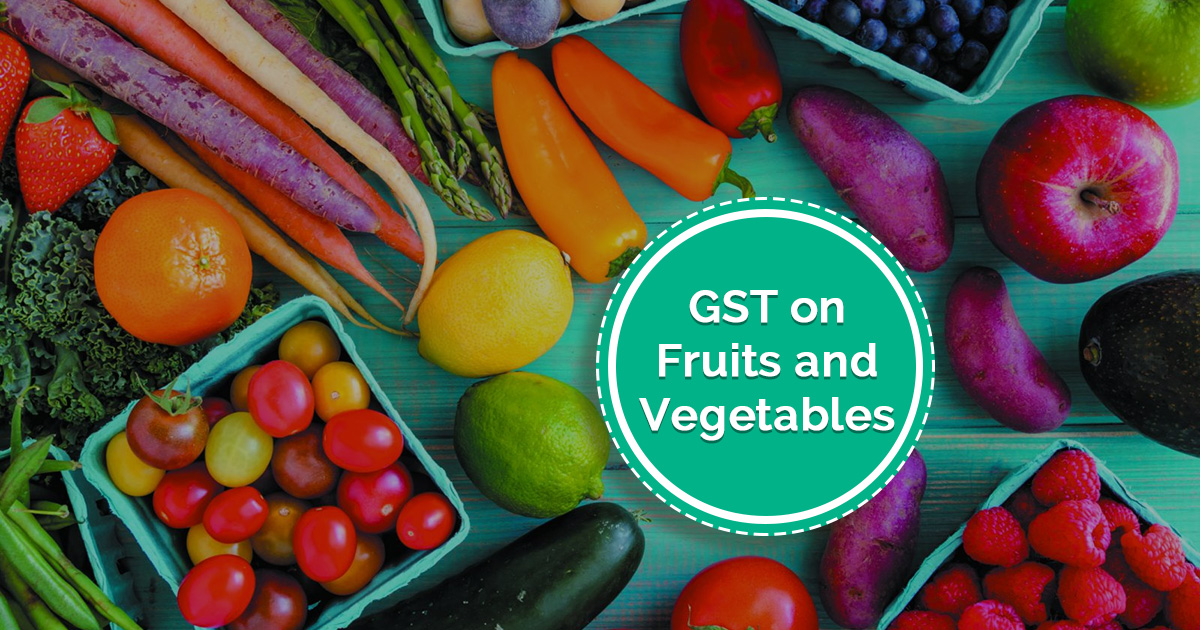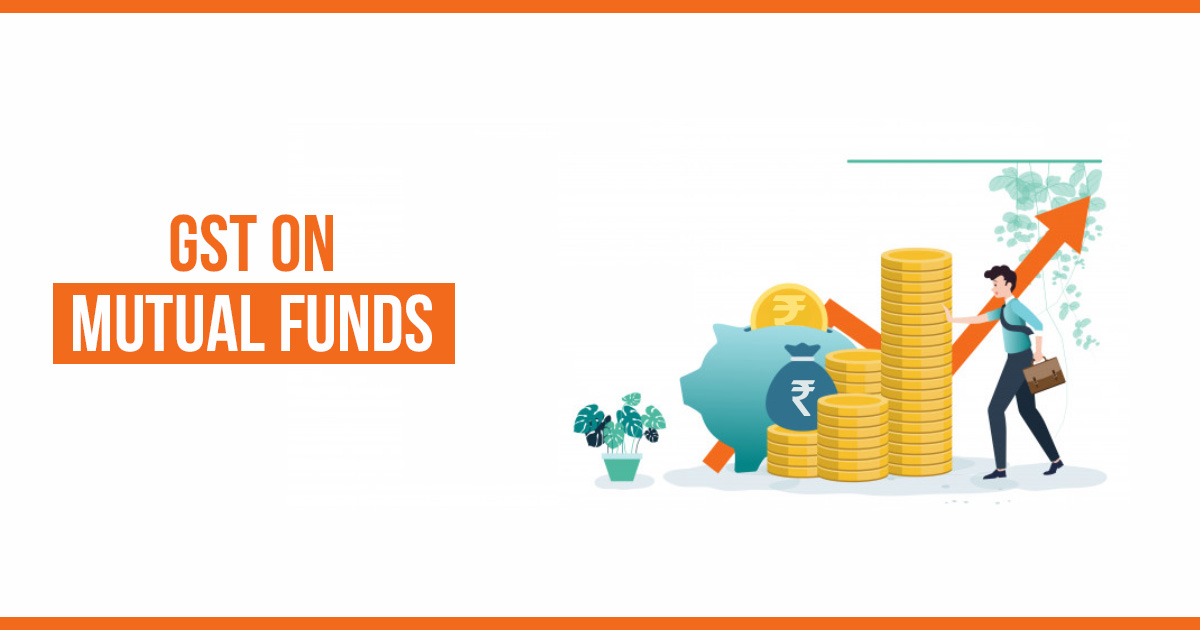Contents
What is Reverse Charge Mechanism under GST?
In normal situations, the GST tax is paid by the supplier of goods and services, which is ultimately borne by the end consumer.
In Reverse Charge mechanism, the tax is paid by the receiver of goods, instead of the supplier, i.e. the tax liability gets reversed.
See the GST Reverse Charge with the example below.
Arun is a supplier who supplies goods to Vikas. In the normal system, Arun will be liable to pay the tax to the government on the supply made. Vikas will only have to pay the cost of goods to Arun, which may also include the tax amount (As Arun is liable to charge tax from its customers).
In the reverse charge mechanism, though, Vikas (the recipient of goods) becomes liable to pay taxes (reverse charge on goods) directly to the government, instead of paying tax to Arun (the supplier).
Note: Reverse Charge Mechanism Starts from 1st February 2019
According to the new notice, there will be the reverse charge on the supply of goods and services by the unregistered person from February 1, 2019.
Also, exemptions up to Rs 5000 will be removed effectively.
When and how is Reverse Charge on goods/services applied?
The GST reverse charge is applicable only in some specific cases as follows.
1. Supplies made by an Unregistered dealer to a Registered dealer
If a dealer who is not registered under GST, supplies items to a GST registered person, the tax liability gets reversed, and the recipient (who is a registered taxpayer) will have to pay the tax directly to the government.
Note:
Since an unregistered supplier cannot supply goods outside the state, reverse charge GST will only be applicable on the intrastate (within a state) supplies made by an unregistered dealer.
Reverse Charge will apply only if the total supply value is more than Rs. 5,000 in a day.
2. Services supplied by an e-commerce operator
If an e-commerce (online portal) company provides services like teaching, plumbing, etc. through third-party service providers to its customers, then the company/operator is liable to pay GST reverse tax to the government on these services. The operator can charge the tax from his customers instead of the service providers.
If the e-commerce company doesn’t have a physical presence in the particular taxable region, then his official representative will be liable to pay tax on his behalf.
3. Supply of certain goods and services
The supply of some specific goods and services as specified by CBEC are liable for reverse charges.
Check the GST reverse charge list of goods and services below.
GST reverse charge list of goods in PDF
GST reverse charge list of services in PDF
Why is Reverse Charge needed?
The reverse charge mechanism was introduced with the purpose of bringing the unorganized sector under the tax compliance. It also shifts the tax burden from individuals with limited resources to large organizations with ample resources.
Reverse Charge Conditions and Characteristics
There are some special conditions, features, and things under reverse charge mechanism that are explained below.
-> Any person who is required to pay a reverse charge on goods (as per above terms) will have to register under GST, no matter the turnover threshold.
-> The Input Tax Credit (ITC) can be availed on the reverse charge tax paid if such services/goods are used for business. The recipient (who paid the tax) will be eligible for the tax credit.
-> The time of supply (in case of goods) under reverse charge is the earliest of the following dates.
The date of receipt
The date of payment
30 days from the date when invoice is issued by the supplier
If the time of supply is not clear from any of the above points, the date of entry in the recipient’s account books will be treated as the time of supply.
The payment date is the earlier of the following two dates.
The date of payment as mentioned in the recipient’s account books
The date on which the payment is deducted from his bank account
Let’s understand this with an example:
If the date of receipt of goods is 10th June, the date of payment is 20th June, the date of the invoice is 11th June, and the date of entry in account books is 18th June, the time of supply will be 10th June.
-> The time of supply (in case of services) under reverse charge is the earliest of the following dates.
The date of payment
60 days from the date when the invoice is issued by the supplier.
If the time of supply if not clear from the above two points, the date of entry in the recipient’s account books will be considered the time of supply.
-> If the tax is payable on the reverse charge basis, it must be mentioned in the tax invoice issued by the supplier.
Reverse Charge mechanism GST – Case Study
Let’s discuss the reverse charge mechanism of GST with an example.
Consider the supply of Silk yarn, which is one of the goods listed by CBEC under reverse charge. Also, assume that the supplier sent the goods on 1st July, the receiver received them on 3rd July, the payment was made on 4th July, and the invoice was created by the supplier on 1st July.
So, the reverse charge basis tax will be paid by the recipient, the Time of Supply will be mentioned as 1st August when filing returns. The seller must mention the reverse charge tax amount in his tax invoice, which will be paid by the receiver. The receiver can apply for input credit on the tax paid.





